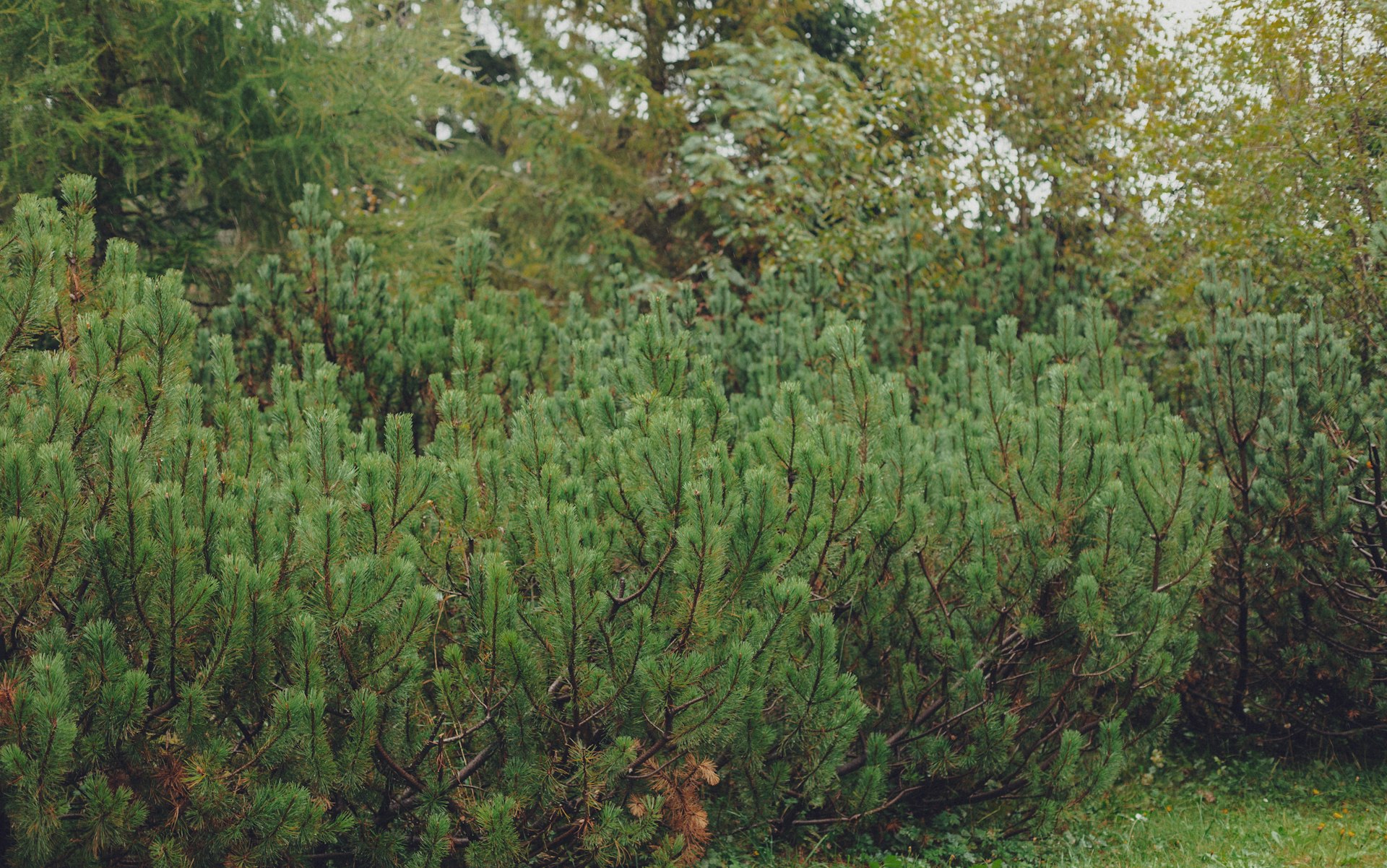Transform Your Yard with Effortless Native Plant Landscaping


Photo by Raymond Petrik on Unsplash
Why Choose Native Plants for a Low-Maintenance Landscape?
Creating a beautiful and functional landscape doesn’t have to mean endless hours of upkeep or constant worry over plant health. Native plant landscaping offers an effective, sustainable, and low-maintenance alternative to traditional gardening approaches. Native plants are species that naturally occur in your region, having adapted to local climate, soil, and wildlife over millennia. By choosing these plants, you can build vibrant outdoor spaces that require less water, fertilizer, and pesticides, while also nurturing local wildlife and the broader ecosystem [1] .
Understanding the Key Benefits of Native Plant Landscaping
One of the main appeals of native plant landscaping is its ability to significantly reduce maintenance. Native plants are adapted to local conditions, which means they typically need less watering and fertilizer once established. Unlike many ornamental non-native species, they resist common pests and diseases, reducing the need for chemical interventions. Additionally, native plant gardens can thrive with minimal pruning and mowing, freeing up your weekends for relaxation instead of yard work [2] .
Beyond personal convenience, native plant gardens offer environmental benefits. They provide essential habitat and food for pollinators, birds, and beneficial insects. By leaving leaf litter and seed heads in place through winter, you help support nesting bees and overwintering wildlife, contributing to the health of the local ecosystem [3] .
Step-by-Step Guide to Starting Your Native Plant Landscape
Transitioning to a native plant landscape is a rewarding process that can be adapted for any size yard, balcony, or garden. Here are actionable steps to get started:
1. Research and Plan Your Space
Begin by identifying your local climate zone and the specific conditions of your site, such as sun exposure, soil type, and drainage. Consult local native plant societies, university extension offices, or reputable garden centers for plant lists suited to your area. Many organizations, such as the Lady Bird Johnson Wildflower Center and state extension programs, provide region-specific guides. Consider downloading native landscape plans from reputable organizations like Grow Native! for inspiration and practical design templates [4] .
2. Select the Right Native Plants
Choose a diverse mix of native grasses, wildflowers, shrubs, and small trees to ensure year-round interest and ecological benefits. Prioritize species that are drought-tolerant and resistant to common pests. For example, wild strawberry (
Fragaria virginiana
) can serve as a green mulch, suppressing weeds naturally while providing wildlife habitat
[3]
.
If you are unsure which plants will thrive in your area, consult with local experts at native plant nurseries or use online resources such as the USDA PLANTS Database. Aim for a layered approach: taller plants at the back, groundcovers at the front, and a variety of bloom times for continuous color.
3. Prepare the Planting Area
Clear existing vegetation with the least disturbance possible to the soil. Avoid excessive tilling, as this can bring weed seeds to the surface. Amend your soil only if necessary, as many native plants prefer native soils. Spread a thin layer of compost to boost soil health, and consider using mulch to retain moisture and suppress weeds during establishment [5] .
4. Plant and Establish Your Native Garden
Plant during the recommended season-often spring or fall-for your chosen species. Space plants according to their mature size to avoid overcrowding, which can increase maintenance needs later. Water new plantings regularly until roots are established, typically for the first one to two growing seasons. Afterward, most native plants will only require supplemental watering during prolonged droughts [1] .
Maintaining a Low-Maintenance Native Plant Landscape
Once your native garden is established, ongoing care is minimal compared to traditional lawns or exotic plant beds. Here are best practices for easy maintenance:
Reduce Mowing and Pruning
Native meadows and prairies generally require mowing only once or twice a year. Shrubs and trees adapted to your region will need little pruning-only remove dead or damaged branches as needed. For more formal gardens, selectively prune after bloom periods to maintain shape [3] .
Leave the Leaves
Instead of raking and removing all fallen leaves, allow them to remain as natural mulch. This practice not only conserves moisture and adds organic matter to the soil but also provides habitat for beneficial insects and pollinators. Delay spring cleanup until temperatures consistently reach 50°F to avoid disturbing overwintering wildlife [3] .

Photo by Faeze Pourshafaghati on Unsplash
Monitor and Support Your Garden
While native plants are generally resilient, keep an eye out for invasive weeds and remove them promptly. Monitor for signs of stress during extreme weather, and apply water as needed during prolonged dry spells. Over time, your garden will become increasingly self-sufficient, requiring less intervention each year [5] .
Case Studies: Real-World Success with Native Plant Landscaping
Many homeowners and communities have transformed difficult-to-maintain yards into vibrant, low-maintenance landscapes by embracing native plants. For instance, one city homeowner replaced a patchy lawn with a mix of native coneflowers, bluestem grasses, and goldenrod, resulting in a colorful, pollinator-friendly garden that requires only a yearly spring cleanup and occasional watering during summer heat waves [2] .
Public spaces, such as parks and schoolyards, are increasingly being designed with native plant beds to reduce maintenance costs and promote biodiversity. These sites serve as living demonstrations of the practical and ecological benefits of native landscaping.
Potential Challenges and Solutions
While native plant gardens are generally easier to maintain than traditional landscapes, some challenges may arise:
- Weed management: Expect some weed pressure in the first few years as your native plants establish. Mulching, dense planting, and hand-weeding are effective solutions.
- Plant selection confusion: With thousands of native species, making the right choices can be daunting. Consult nursery professionals or local extension agents, and start small to learn what works best for your site.
- Appearance concerns: Native gardens can look “wild” compared to conventional lawns. Use defined borders, paths, and focal points to create a tidy appearance while allowing natural processes to flourish [4] .
Alternative Approaches and Additional Resources
If you are unable to commit to a full native plant transformation, consider integrating native plants into existing beds or replacing only a portion of your lawn. Start with a pollinator patch, rain garden, or native groundcover area. Many local garden clubs and native plant societies offer plant sales, workshops, and expert advice.
To find native plant nurseries or professional landscaping services, search for “native plant nursery” plus your state or region. You can also check the Lady Bird Johnson Wildflower Center’s National Suppliers Directory or contact your local Cooperative Extension office for guidance.
Getting Started and Finding Help
You can begin your low-maintenance native plant journey by:
- Visiting a reputable garden center specializing in native plants in your area
- Contacting your state’s Cooperative Extension office for region-specific advice and resources
- Joining a local native plant society or gardening group for support and inspiration
- Reviewing downloadable native landscape plans from organizations like Grow Native!
If you need professional assistance, search online for “native plant landscaping services” and review portfolios before hiring. Many landscape designers now specialize in sustainable, native-focused projects and can tailor plant lists and maintenance plans to your needs.
References
- [1] Garden for Wildlife (2023). The Ultimate Guide to Native Plant Gardening.
- [2] Mahoney’s Garden Center (2024). Low-Maintenance Gardens with Native Plants.
- [3] Grow Native! (2025). Native Landscape Care Calendar.
- [4] Grow Native! (2025). Native Landscape Plans.
- [5] Barefoot Garden Design (n.d.). The Barefoot Guide to Native Plant Maintenance.






